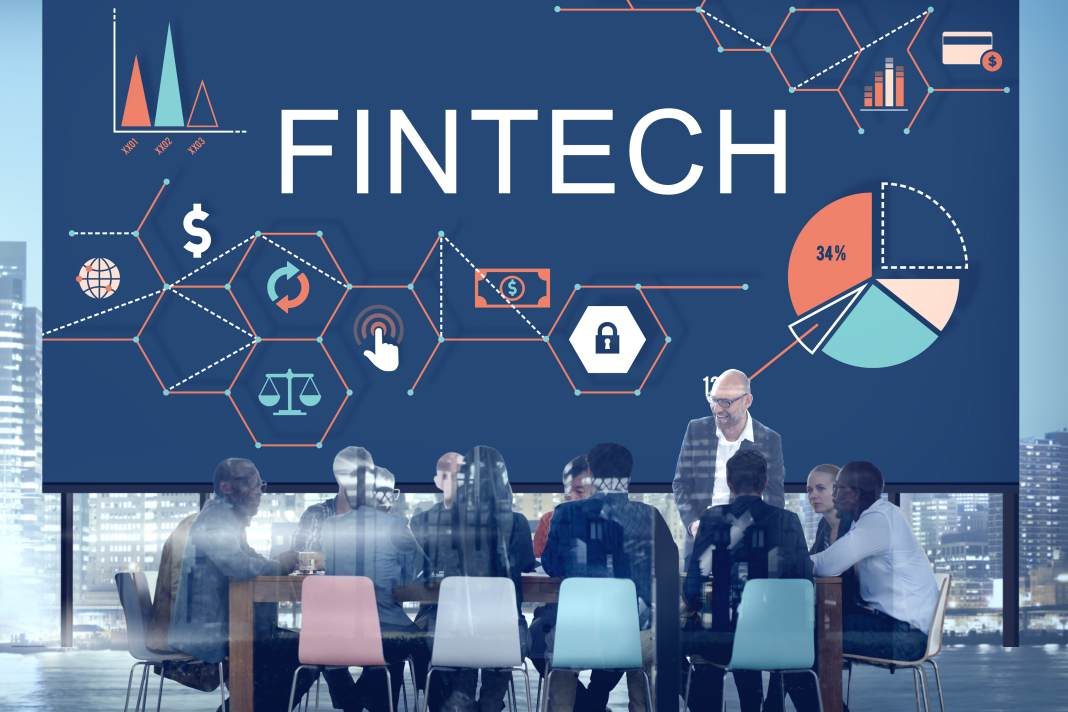Fintech is hands-down one of the biggest tech trends of the past decade. Fintech-powered technologies have revolutionized almost every segment of the financial industry – from insurance and investment to payment gateways across continents – with the few that remain expected to taste the power of fintech over the coming years.
The impact of fintech also shows in the numbers. Fintech startups raised around $8 billion in VC funding over the past two quarters in 2018, with Q2 registering a record-setting $5.2 billion in investment.
Still, even with the good numbers and even better prospects out in the field, most facets of fintech are still quite new. Players will have to chart new grounds for CX, largely because of the expanded role of technology as an intermediary between the average fintech company and its customers.
Here are some of the most significant challenges for companies within this space that are looking to improve CX.
-
Redefining traditional CX within the industry
For years, regular customers had been subjected to sub par treatment from traditional financial institutions like banks and credit unions. Apart from the invention of the ATM back in the 1960s, banks generally stayed away from user-oriented technologies that would have improved customer experience.
Customers also had to deal with long queues, customer service reps who really didn’t care about the customer, long and tedious load application processes, and other negative experiences that made it a nightmare to walk into a traditional banking hall.
Poor CX is actually one of the main reasons why many fintech startups have thrived in recent years. For many of them, CX is a standard service offering, thanks to the incorporation of technologies such as artificial intelligence and mobile/internet banking in many banking processes.
However, these startups still have their work cut out for them. With traditional banks having destroyed CX in the financial and banking industry over a long period, fintech startups will need to redefine CX and focus on revamping user experience.
-
Information privacy and data security
Staying safe on the internet is always an issue when sensitive information and data is transmitted via networked connections. 2018 saw some of the biggest security breaches in recent years, with the Equifax and Yahoo! data breaches going down as the biggest hacks of all time. Plus, with more people and things becoming connected to the internet, some of these hacks won’t need to be sophisticated and may even begin from your home Wi-Fi connection, as this ForRent infographic illustrates.
With fintech, nearly every technological innovation revolves around internet connectivity. While digital banking, blockchain technologies, cryptocurrencies, and other facets of fintech continue to revolutionize CX, they also increase risk levels associated with confidentiality and security of customer data.
Going forward, the biggest challenge here for fintech startups will be to improve the safety and security of data during online transactions.
-
Ease of access and usability
No one wants to spend hours setting up an online account when they could have spent a few minutes opening an account at a local bank. One 2017 study found that convenience, swift registration, and overall usefulness and usability of the UI were the most important aspects of mobile payment services.
Even though ease of use and accessibility remain the biggest selling points for fintech startups, a good number of customers often get lost during navigation, which creates barriers for widespread adoption.
For fintech companies, every platform should be user-friendly, with simple UIs on mobile apps and websites to help improve the user’s experience.
-
Providing custom experiences for the growing millennial population.
In 2017, millennials surpassed Generation X to become the largest portion of the American labor force. This group also represents over $200 billion in annual purchasing power, making them a significant demographic for fintech companies. Most of the people in this group grew up online, with most of them ditching traditional banking systems for financial companies that are riding the fintech wave.
With so much at stake, fintech companies will need to design products and service offerings that speak to this generation. Millennials are hungrier for custom and more personalized experiences compared with other generations.
To keep up, this requires fintech startups to rethink traditional ways of improving CX.
Fintech Companies Biggest CX Obstacles CX Strategy Customer Experience Fintech Startups Traditional CX



